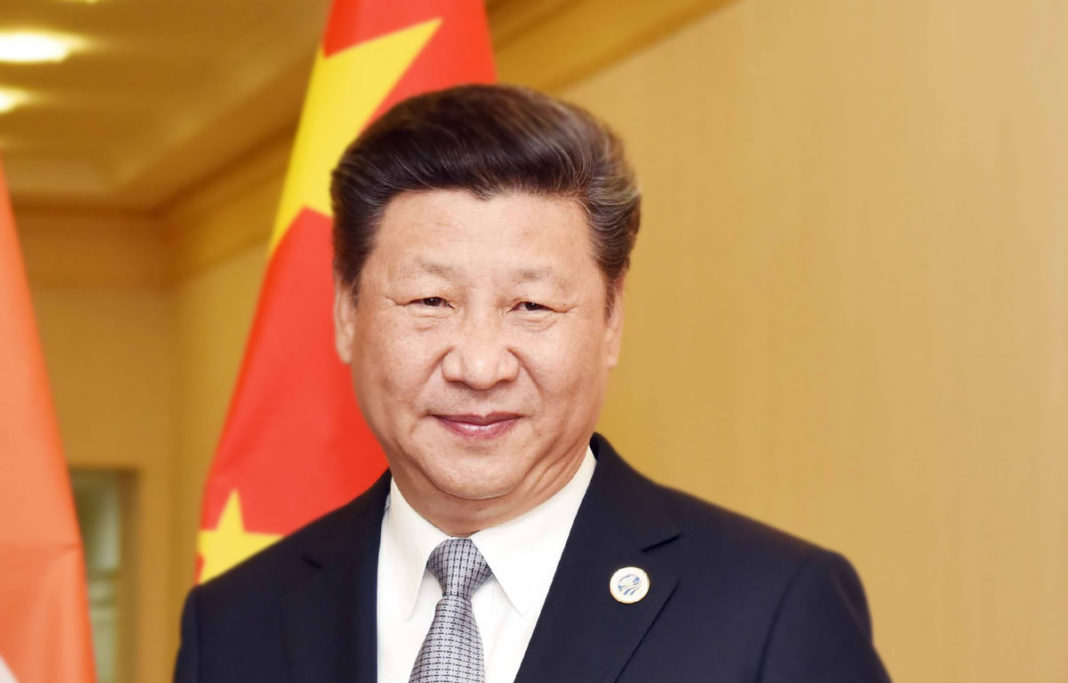On Feb. 25, the Chinese Communist Party proposed the elimination of a constitutional clause limiting the presidency to two five-year terms. If passed, the amendment would allow President Xi Jinping to stay in power indefinitely.
The 1982 Constitution first established term limits as part of a plan to restore stability to China after Chairman Mao Zedong’s Cultural Revolution. Surrounded by a quickly-developing world, the Party decreed that economic advancement required domestic reorganization and sought to “steadily improve socialist institutions, develop socialist democracy, improve the socialist legal system, and work hard and self-reliantly to modernize industry, agriculture, national defence, and science and technology.”
China’s economy developed rapidly following the pro-capitalist reforms of the post-Mao era. With a gross domestic product of $11.2 trillion, China is competitive with the United States. In fact, China has already surpassed the U.S. in terms of exports and purchasing power parity, or growth-adjusted GDP.
The New York Times reported the move to retract term limits comes as Xi “seeks to strengthen the party’s control over a modernizing society and restore China to what he considers its rightful place as a global power—an agenda that his allies have suggested requires his personal leadership.”
Many American officials view China’s rise as an imminent threat to the U.S.’ position as the world’s only hegemonic power. Under the Obama administration, the White House and Pentagon agreed to pursue a “Pivot to Asia,” which sought to challenge China’s growth by increasing American diplomatic, trade and military relations with key countries in South and Southeast Asia.
Tensions between the two nations have risen since the Pivot, evident first in the South China Sea and more recently on the Korean Peninsula. In its National Defense Strategy for 2018, the U.S. Department of Defense stated, “China and Russia are now undermining the international order from within the system by exploiting its benefits while simultaneously undercutting its principles.”
President Xi’s response to these growing tensions focuses on consolidating his power, reorganizing systems of governance and boosting the military. By implementing these measures, China’s ruling party hopes to act as world leader in guiding development and combating U.S. confrontations.
The CCP must also respond to social tensions brewing within the country. While rates of extreme poverty are much lower now than in the 1980s, especially for urban populations, inequality is astronomical. On one end of the spectrum, 82 million people still live on less than $1.25 per day and on the other, the Credit Suisse Global Wealth Report ranks China fifth in the world in number of millionaires.
Despite strict laws and limited connection to the outside world, there has been an increase in strikes by migrant workers, factory workers and farmers. Other indicators of tension within China range from suicide nets surrounding sweatshops to online parody.
President Xi and the Communist Party are already considering the need to stabilize unrest, cracking down on political rights and internet speech. Despite these measures, people continue to find a way to express themselves.
Immediately after the CCP announced the proposal, many middle-class Chinese citizens took to internet applications to express their opposition. Journalist Li Datong declared in an open letter the plan “means moving backward into history, and planting the seed once again of chaos in China, causing untold damage.”





